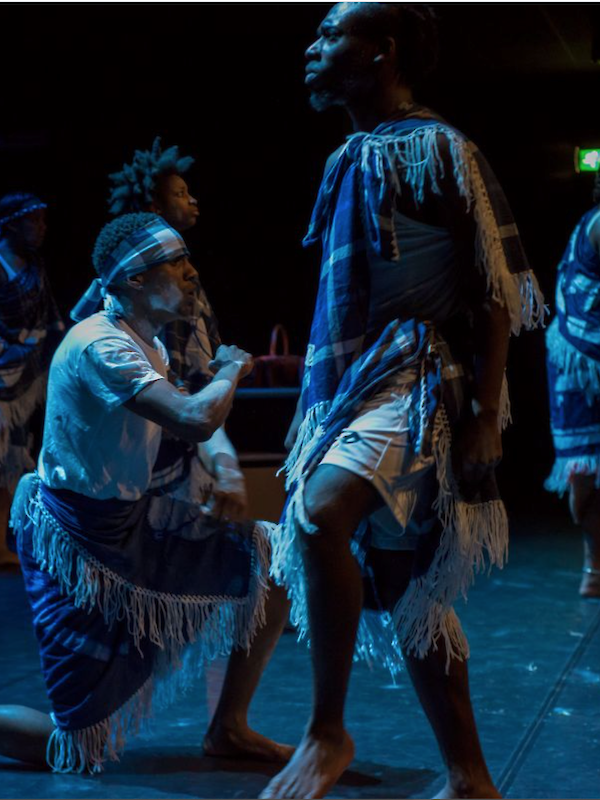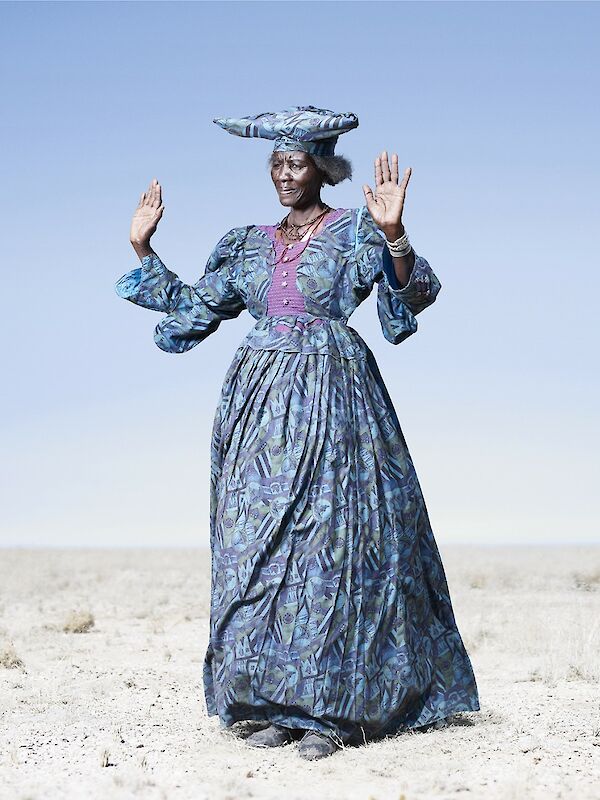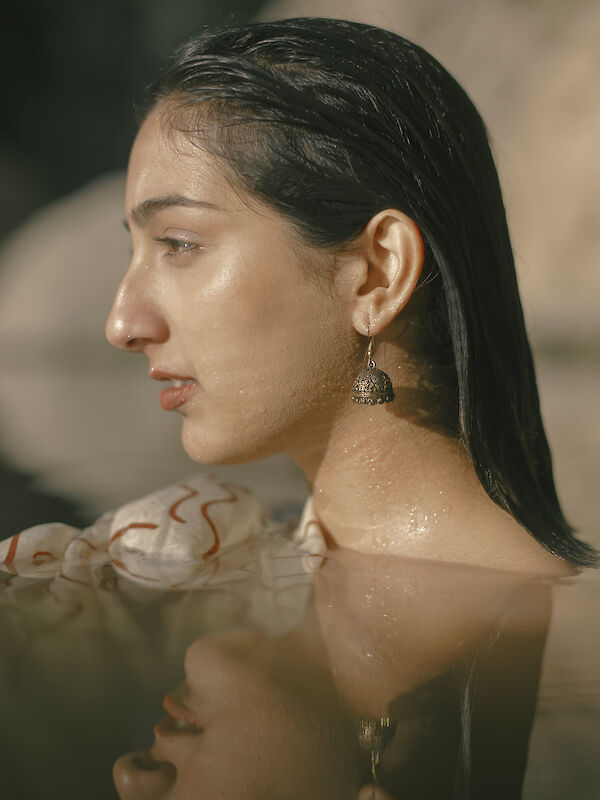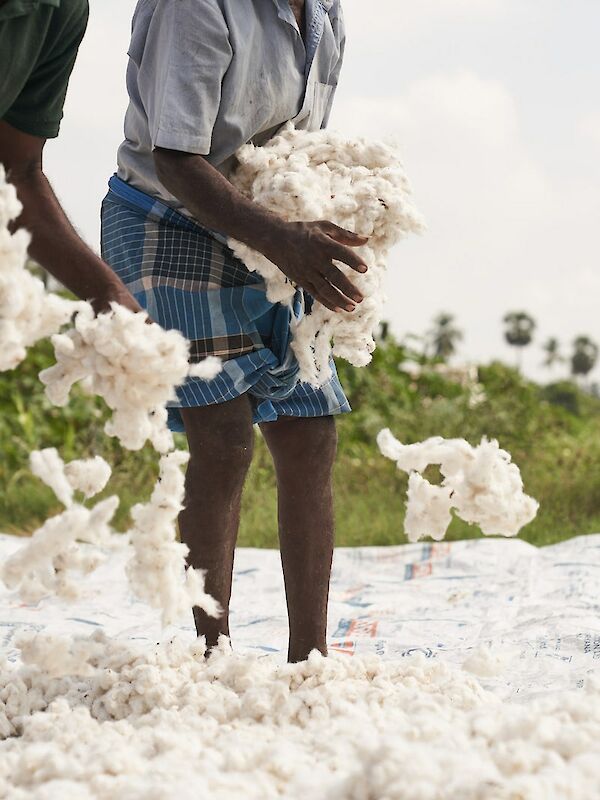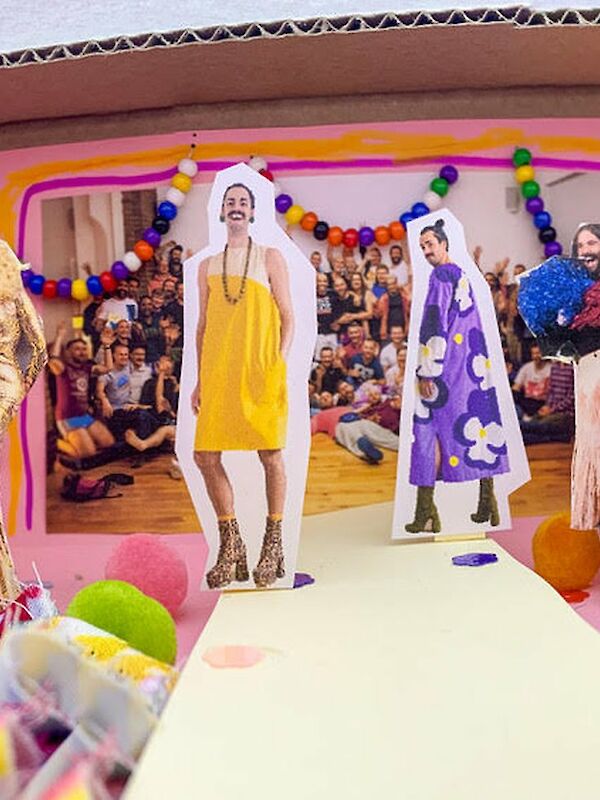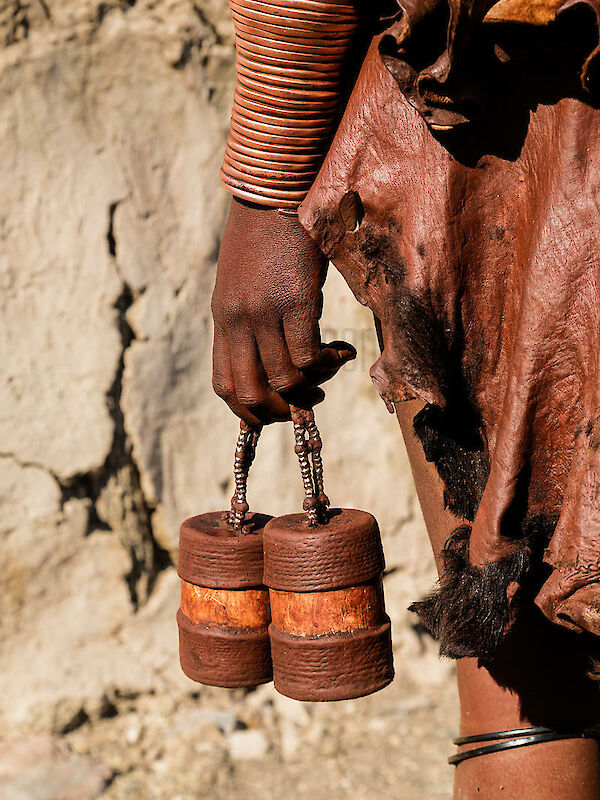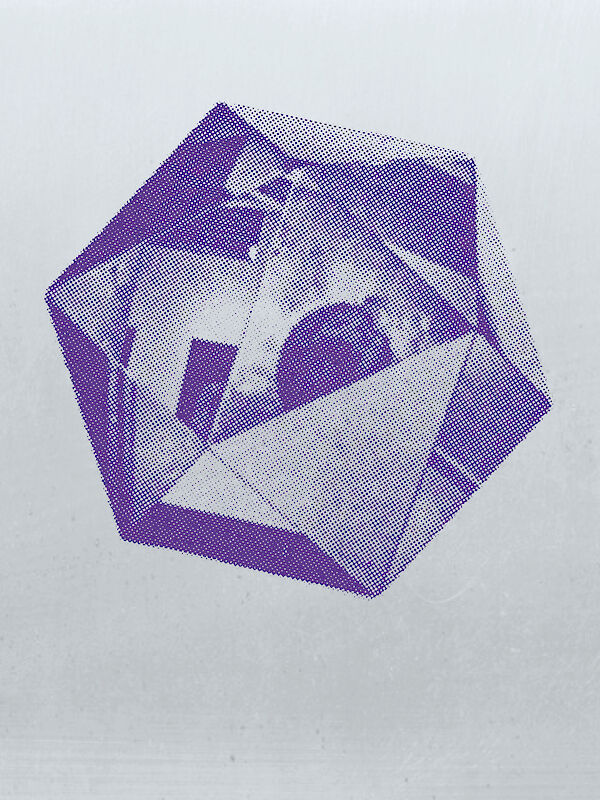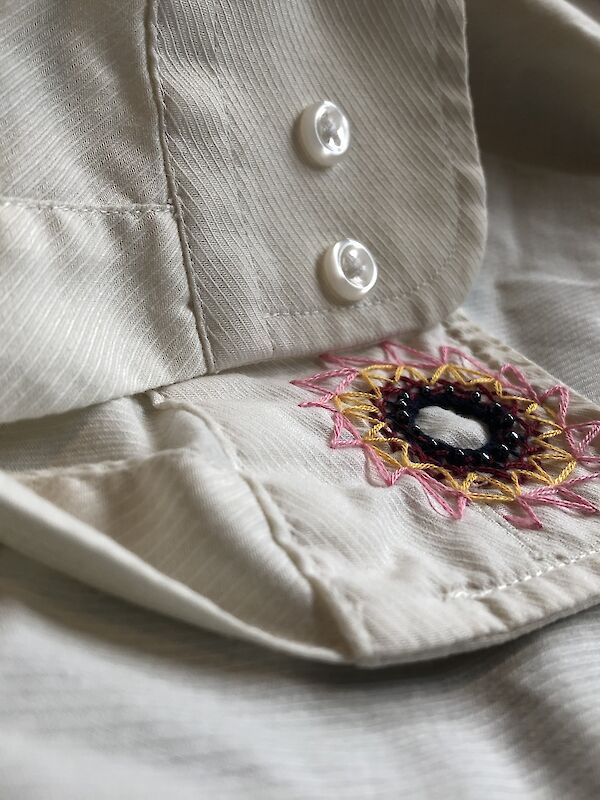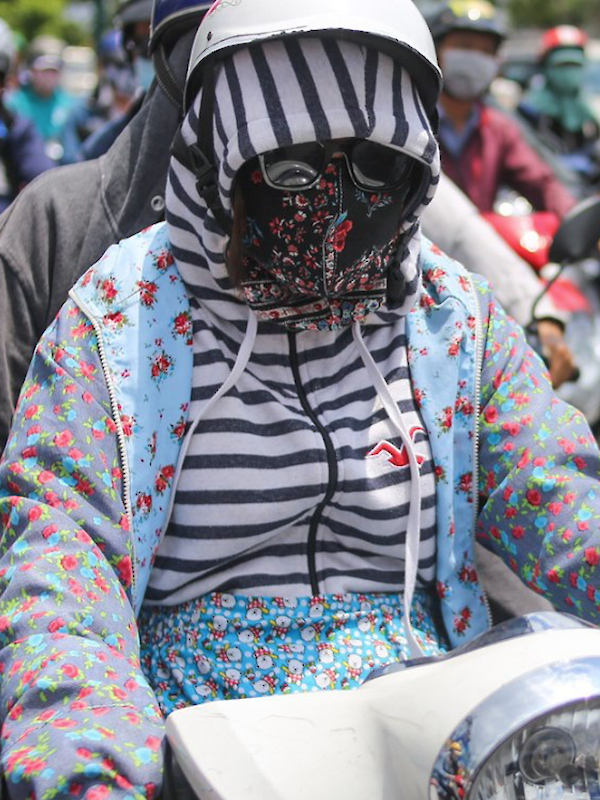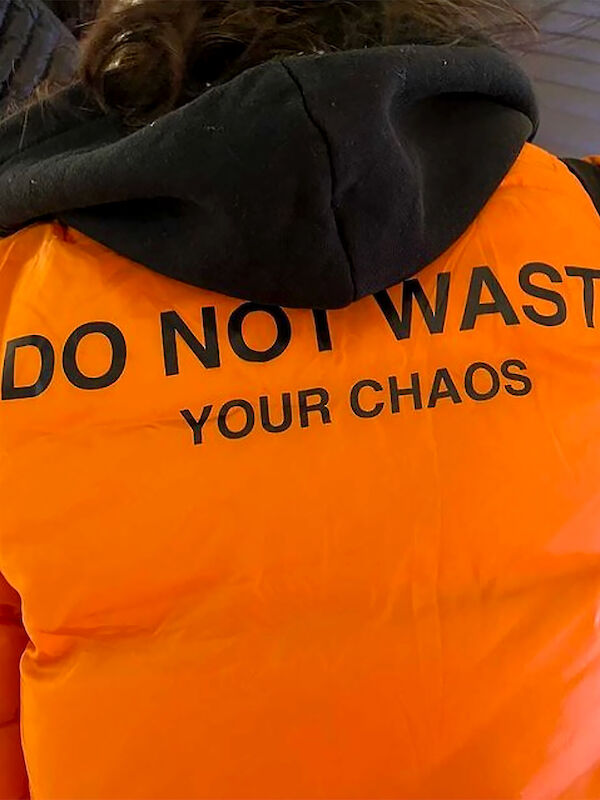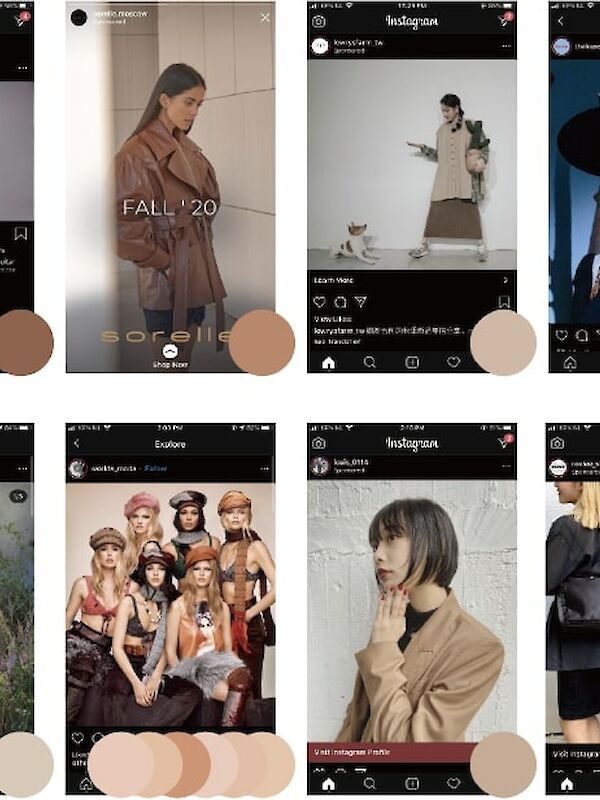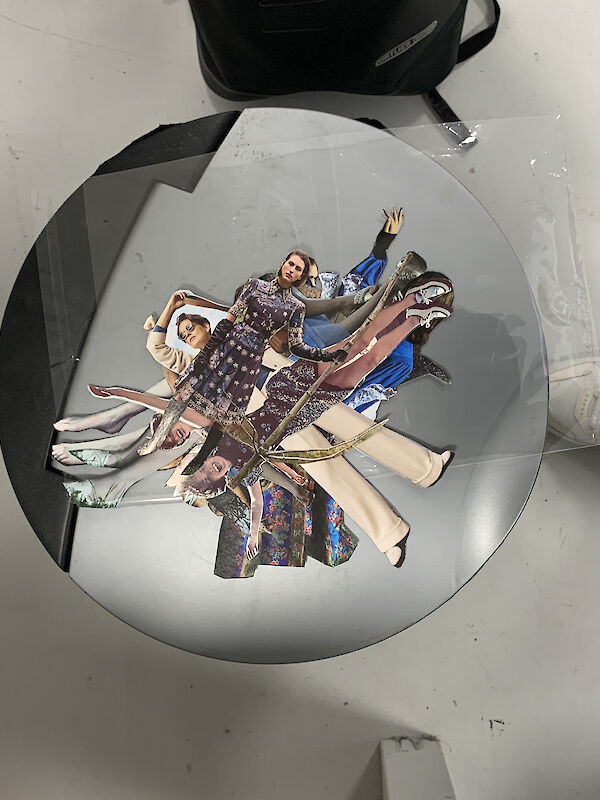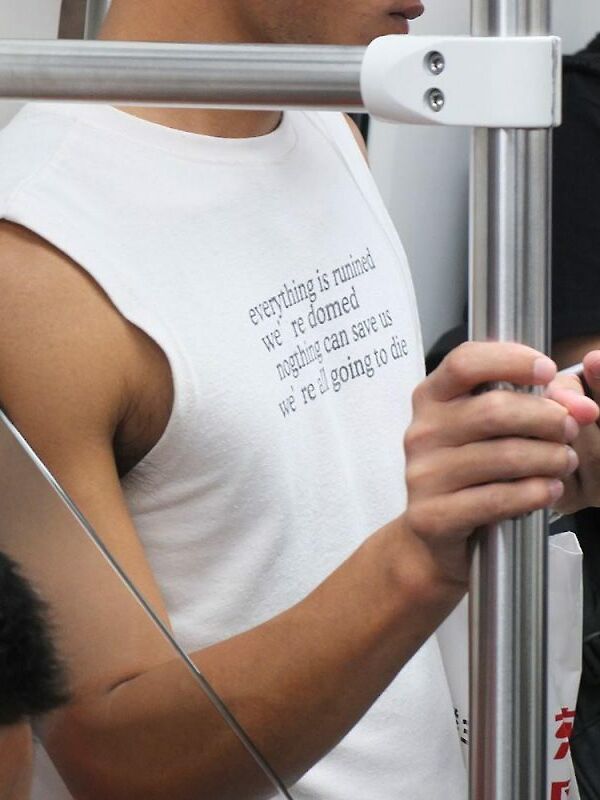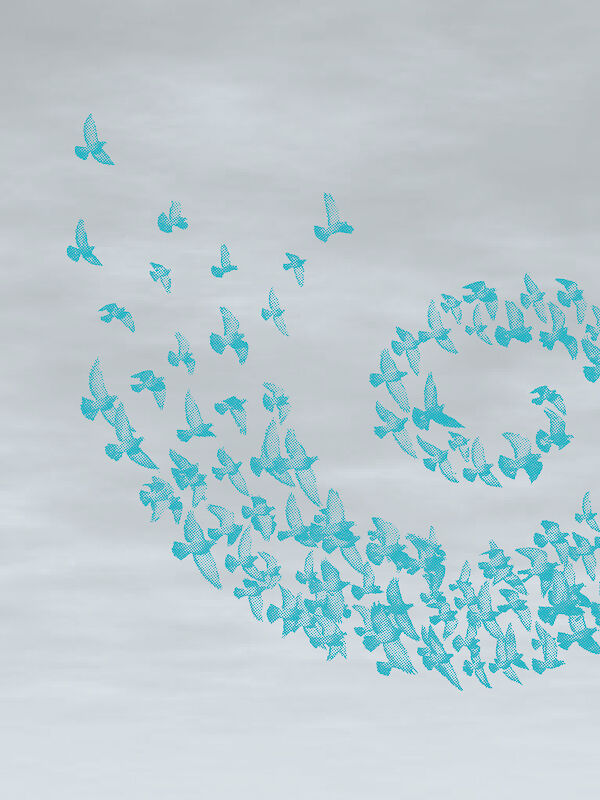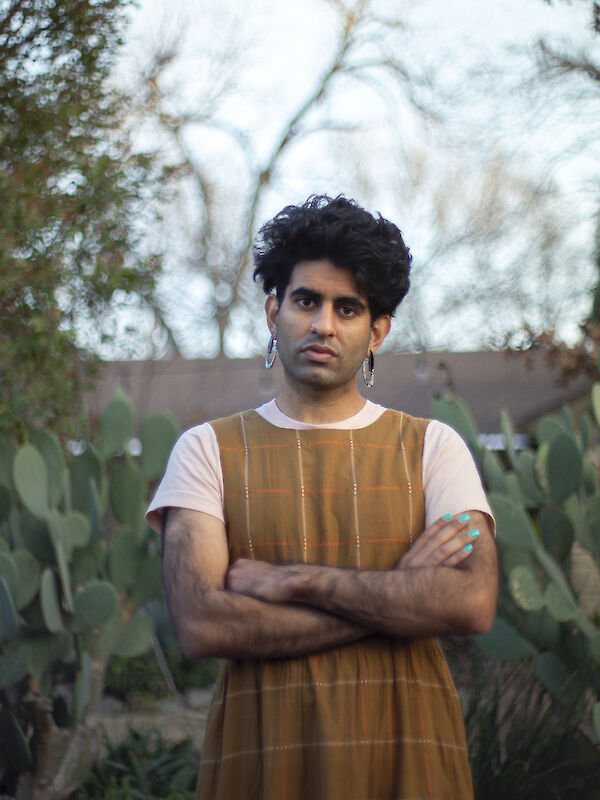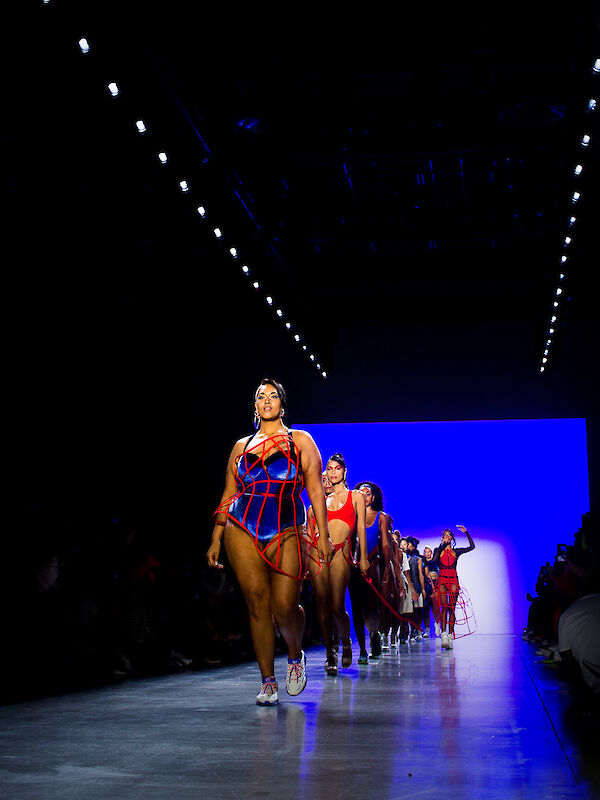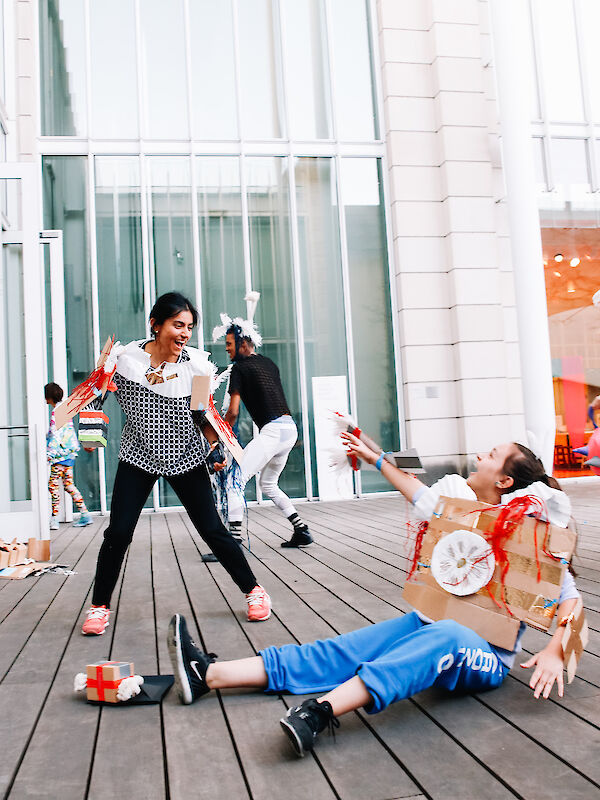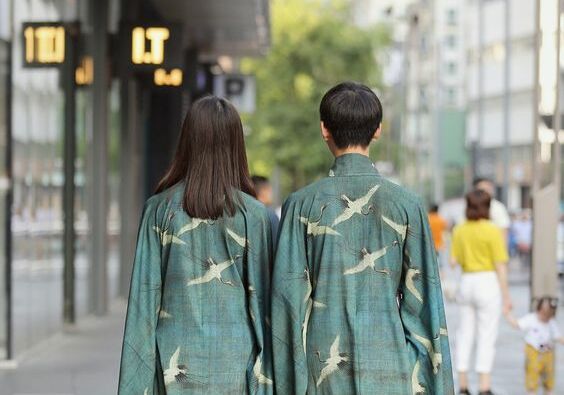
To connect to our (perceived) roots and origins, people make things to materialize, and therewith strengthen their sense of belonging to a group. Key in this is to create something that your community embraces as theirs, so they can “own” it. Clothes set strong examples in this community-building, because it is something that can be shown to the outside world; to have others look at it and realize which group this person wants to be associated with.
Humans now and throughout history have always used the power of fashion to own their origins. This also comes with a darker side, that is: if one wants to use fashion as a strong community marker, then it can be hard to see “outsiders” wear your style, or make changes to it or even adapt it to non-fashion items. It can result in a feeling that people are taking away a piece of who you are.
The stories that we present here show the many layers of how the things that we wear come to play a role in our invention or reinvention of unique origins. It shows the beauty of this journey, as well as the emotions that come with the urge to own your origins.
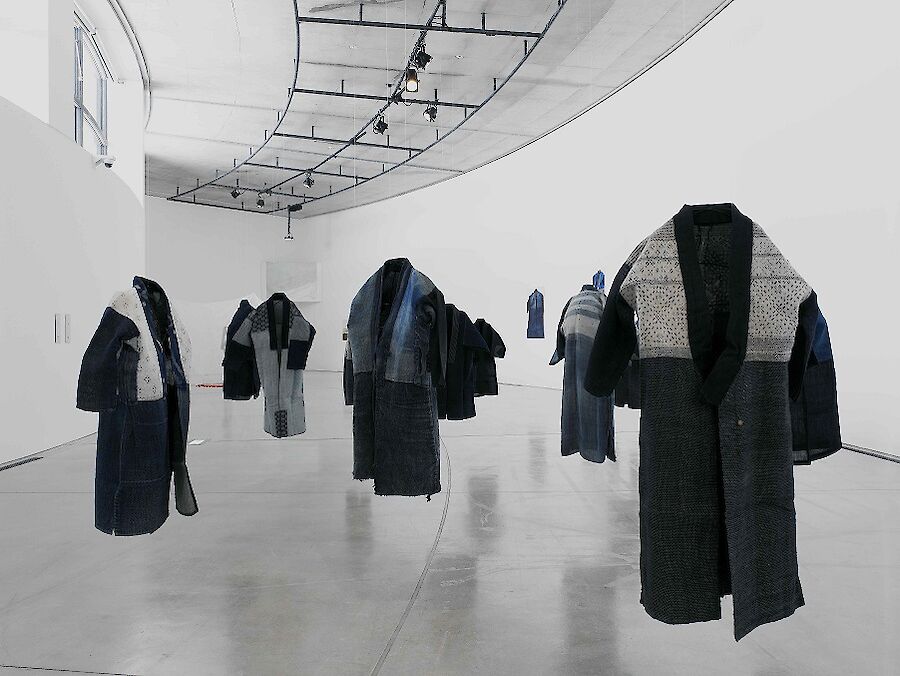
Story Japanese Kimono with embroidery
This garment is a Japanese kimono, made of ramie plant fibers dyed in indigo and embroidered with white cotton thread. Made between 1880 and 1920. The embroidery on this kimono (Kogin embroidery) was born out of the necessity for the people of the Tsugaru region of Northern Japan for warmer and longer lasting clothing. It is deeply rooted within its region of origin and in the lifestyle of the people who created it.
Find this story on Things That Talk
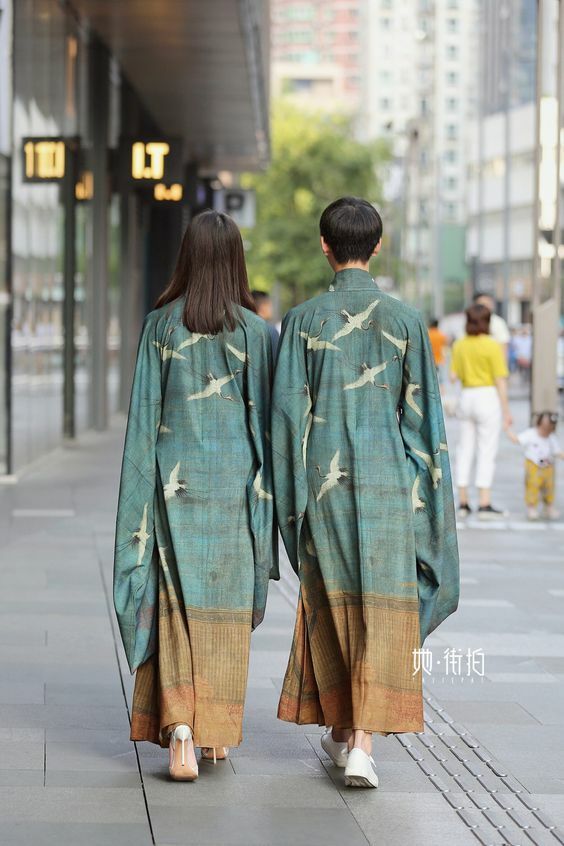
Story wearing Hanfu in China
We will discover the Chinese Hanfu Movement by looking at a traditional blue men’s daopao gown, sold by an online Chinese shop on Taobao. In November 2003, a young man named Wang Letian wore Hanfu out on the street in Zhengzhou. This put wearing Hanfu on the map in China. Almost two decades later, the wearing of Hanfu developed into a true movement with a diverse background of wearers.
Find this story on Things That Talk
